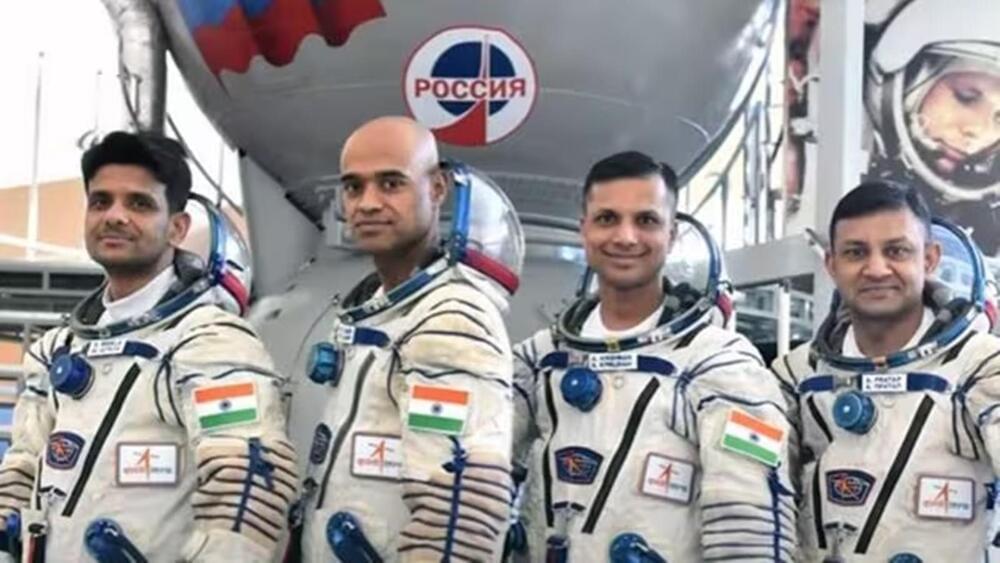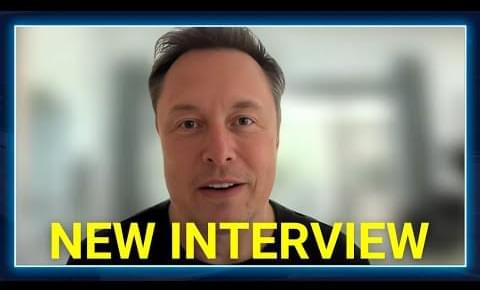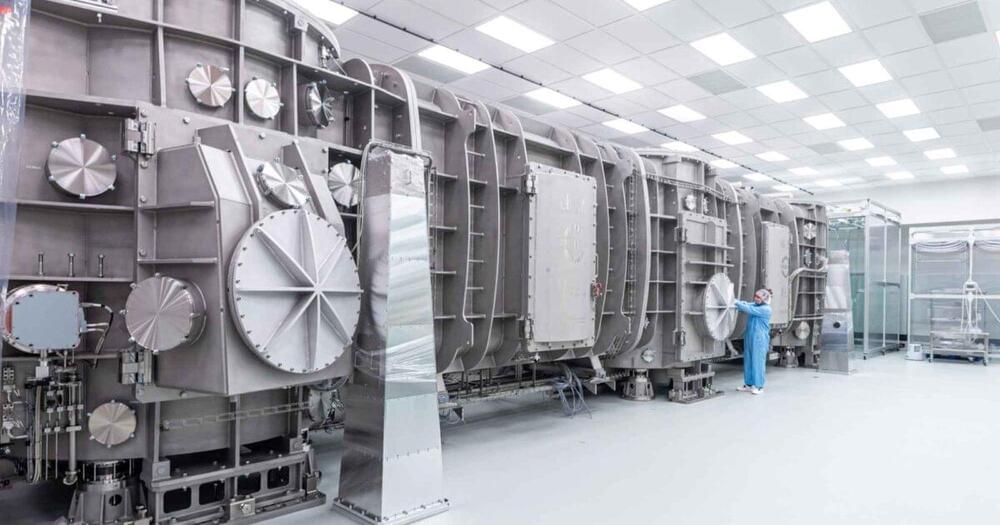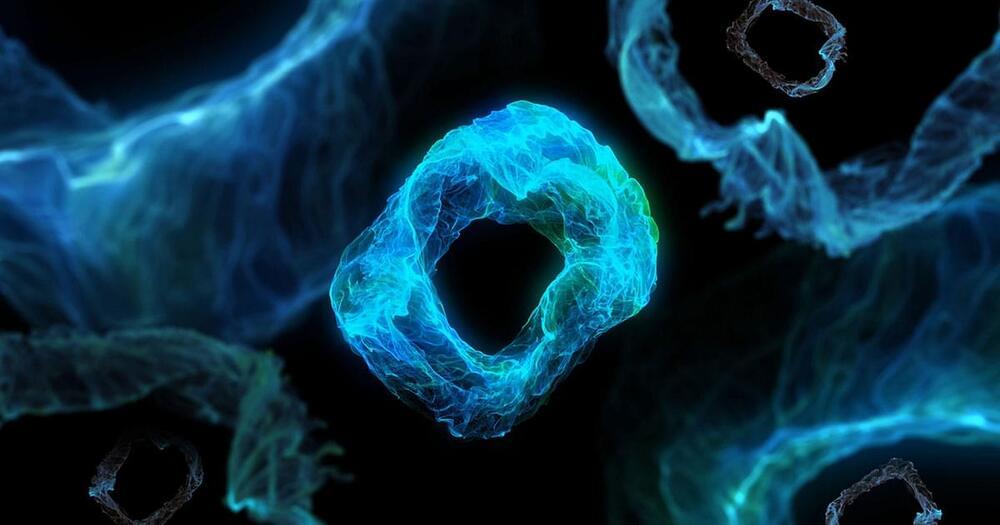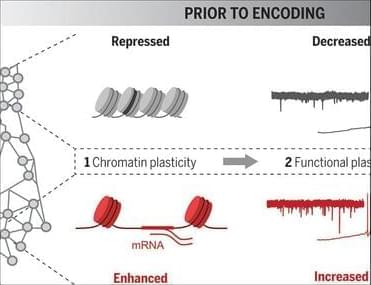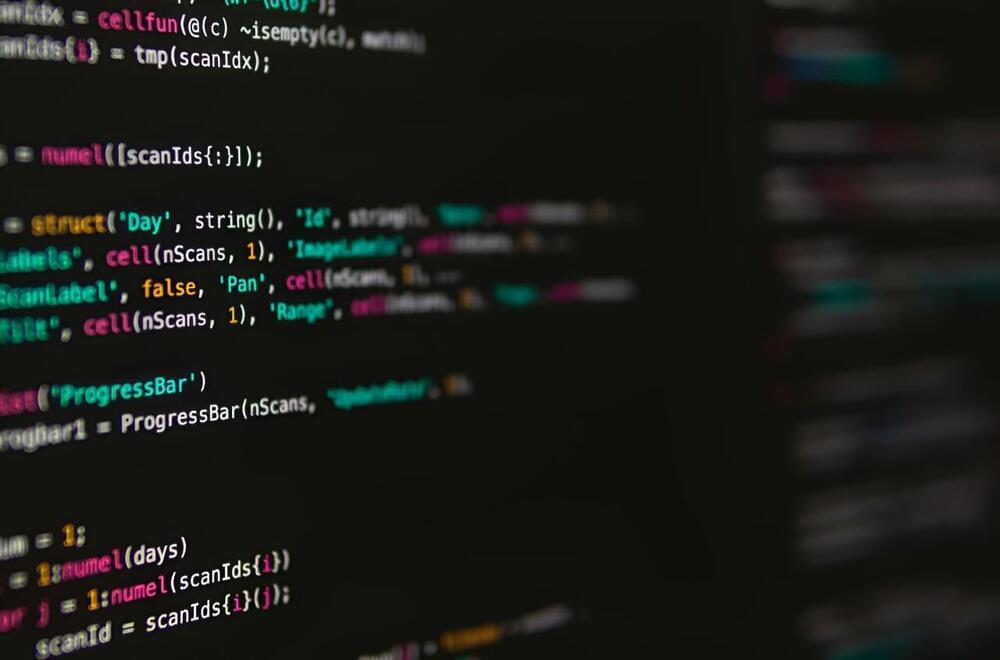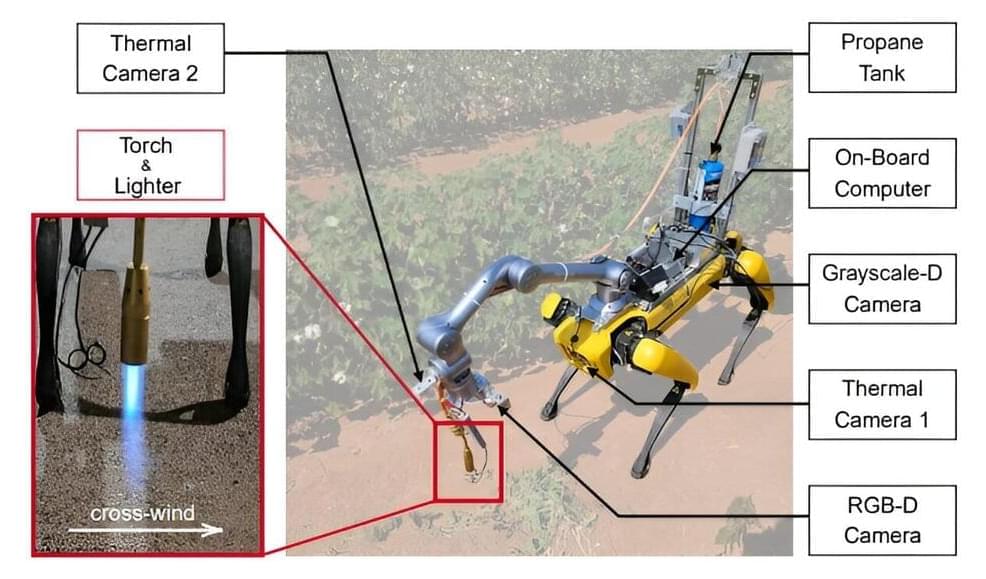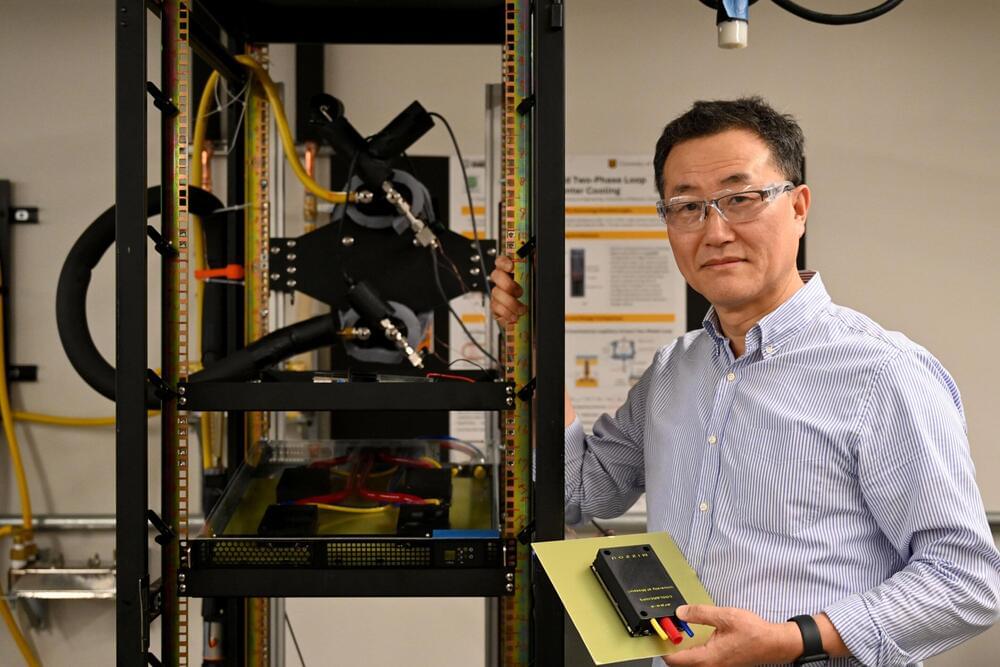Jul 28, 2024
One Gaganyaan astronaut to travel to ISS in joint mission with NASA, says govt
Posted by Genevieve Klien in category: space travel
During Prime Minister Narendra Modi’s visit to the US last year, President Joe Biden announced that India and the US were collaborating to send an Indian astronaut to the ISS in 2024.
India’s Astronaut Selection Board had selected four astronauts from the group of test pilots from the Indian Air Force for the Gaganyaan mission, India’s first human space flight planned to take place next year.
“All four astronauts have undergone training on a spaceflight basic module in Russia. Currently, astronauts are undergoing training at ISRO’s Astronauts Training Facility (ATF) in Bengaluru for the Gaganyaan Mission,” Singh said.
